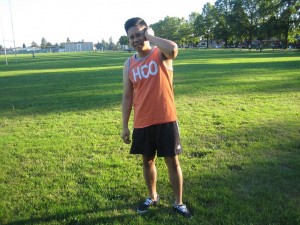Cauliflower ear occurs if the outer ear cartilage is significantly damaged or dies. This causes the skin to become swollen and form irregular lumps.
It is often brought about by repetitive ear trauma particularly in contact sports such as wrestling and boxing. It can be treated in a short span of time if dealt with in its initial phases. If left untreated, the “cauliflower” appearance can become long-lasting or result to problems in the ear.
Common signs of cauliflower ear
Bleeding
Serious or repetitive trauma to the exterior ear can impair the adjacent blood vessels which results to internal bleeding.

The blood can seep into the outer ear tissues or perichondrium or form clots that deprive the ear cartilage of vital nutrients. In some cases, external bleeding can also occur if an abrasion or cut was left by the initial trauma.
Swelling
It is important to note that swelling is one of the initial signs to manifest as blood clots develop under the skin. Those who have cauliflower ear generally experience pain and redness around the damaged skin. If left untreated, there is a risk for a serious infection.
The continuous accumulation of blood clots and pus hinders the regular flow of nutrients and blood to the cartilage. As a result, the cartilage is pulled away from the skin, leading to a puffy cauliflower shape.
Buildup of fluid
The buildup of pus between the cartilage and skin can occur if the ear is infected. Once cauliflower ear is complemented by a wound, the swelling can cause it to open wider, resulting to the seepage of pus from the ear. Generally, the treatment involves drainage of fluid and foreign bodies.
Hardening of the skin
Not seeking care for cauliflower ear heightens the risk for lasting deformity. In case the blood clots and the buildup of fluid is not eliminated, the congested cartilage eventually dies due to diminished nutrients.
The dead cartilage solidifies and sets into fibrous lumps. Once the deformity becomes permanent, it can only be removed via surgery.
Diminished hearing
The significant swelling of the perichondrium can clog the ear canal and disrupt with hearing, particularly if the deformity becomes permanent.
If there is brief or lasting hearing loss after the formation of cauliflower ear, it also indicates that a serious infection has reached the inner ear.
